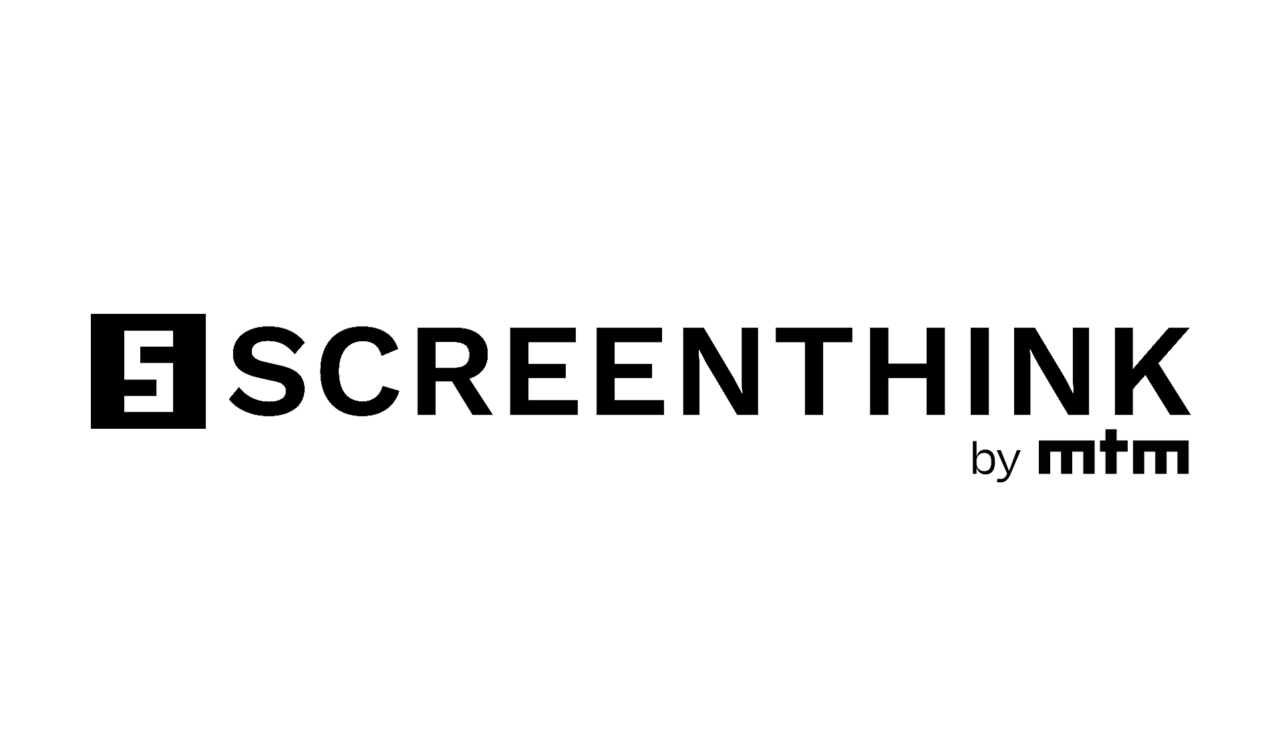Written by Philippe Epailley, Head of Quant
Back in 2011, The Hollywood Reporter revealed that Netflix had dethroned Apple as America’s leading provider of internet-streamed movies. Within a year, Netflix’s market share skyrocketed from 1% in 2010 to a staggering 44% in 2011. How did they achieve this? By revolutionising the movie industry with their subscription-based streaming model, offering affordable access to a vast library of on-demand content. This disrupted the dominance of traditional TV and DVD rental services.
It wasn’t until 2019 that Apple entered the game with its own subscription streaming service, Apple TV+. While Apple TV+ gained a reputation for producing high-quality original content, their library remained limited compared to Netflix’s extensive catalogue.
Fast forward to today, and we find two distinct streaming models from Apple and Netflix, accompanied by differing price points: Apple TV+ priced at £8.99, and Netflix between £4.99 and £17.99 based on subscription tier.
The Context: A saturated market and Subscription fatigue
You may have heard of the phenomenon called ‘subscription cycling’, but did you know this trend has tripled in the last three years? Subscription cycling refers to the pattern of customers toggling between services, subscribing only long enough to watch desired content before cancelling, but this is not a brand-new trend, it’s just having a major moment.
Data from the latest wave of ScreenThink, MTM’s proprietary VOD brand tracker that deep dives into the UK VOD industry, indicates an increase in a phenomenon called ‘subscription cycling’ from Q2 2022 to Q4 2023. Subscription cycling refers to the pattern of customers toggling between services, subscribing only long enough to watch desired content before cancelling.
This trend serves as a red flag, signalling market saturation and consumer fatigue. Various factors contribute to this phenomenon: the abundance of services competing for a spot in monthly budgets, overlapping content offerings and financial constraints due to the cost-of-living crisis.
Screenthink data shows that the amount of people subscription cycling has had a steep increase in the last three years, 13% currently subscription cycle and 37% are open to it.

Apple’s philosophy: Quality over quantity
Apple’s strategy focuses on curating a library of high-quality selections, providing a boutique experience rather than an all-you-can-eat buffet. This approach aligns with the needs of customers seeking value and the ability to easily find desired content, especially during financially challenging times.
Netflix’s gamble: A content deluge
On the other end of the spectrum, Netflix offers an extensive library that spans a wide range of content and quality. While this broad selection caters to diverse tastes and increases customer retention, it inadvertently fosters an environment conducive to subscription cycling. Users often find themselves on a content scavenger hunt, terminating their subscription once they’ve consumed their desired items.
The Consumer behaviour shift
Interestingly, ScreenThink’s content wear-out score reveals that Apple TV+, has a high wear-out score of 65%, with Netflix following closely behind at 60%. Considering Netflix’s vast library vs. Apple TV+’s much smaller library, this suggests that consumers now adopt a more calculated approach to subscriptions, weighing the longevity of engagement against the density of appealing content.
According to ScreenThink data, 26% of consumers are most likely to engage in subscription cycling with Apple TV+, following closely behind YouTube at 28%, with Netflix ranking third at 20%.
While content wear-out significantly influences user behaviour, a frictionless user experience that simplifies signing up, cancelling and returning also plays a crucial role.
This points to the importance of being frictionless, which is supported by another MTM tracker, the HEART framework, where we’ve identified 7 key brand experience drivers that shape consumer behaviours towards subscription brands. One of the most vital drivers is the concept of being “easy to do business with.” This encompasses the user-friendliness of a service, the ease of signing up and cancelling, and the simplicity of rejoining.
Whilst Netflix does this well, Apple has particularly excelled in this aspect, especially for Apple users. With just a few clicks on your phone, you can effortlessly manage your subscription and share it for free with up to 6 family members. No tedious forms to complete or new billing details to input upon rejoining.
Time will tell whether this customer-centric approach poses a strategic risk or whether it’s a masterstroke for customer retention, but it perfectly aligns with the growing trend of subscription cycling.
So, who wins in the Subscription Cycle Economy?
The verdict is still out. Each approach has its merits, but it’s essential for brands to recognise that simplicity and flexibility can be as powerful as variety. In an era where subscription cycling mirrors broader consumption trends, companies must strategize, while considering consumer inclinations that balance choice, convenience and financial constraints.
The implication for brands is clear: understanding these patterns provides deeper insights into customer behaviour, enabling smarter and more targeted strategies in the realm of content streaming, subscriptions and beyond.
——
ScreenThink is MTM’s syndicated tracker that provides essential market intelligence for the TV and video industry. It offers a truly comprehensive data on over 100 TV and video services, stretching back to 2017 and allows clients to deep dive into their audience by customising questions to target specific issues.
Subscription cycling is just one on the many trends and insights revealed in this latest wave of ScreenThink, stay tuned for further insights in the coming weeks. To find out more about the power of ScreenThink, get in touch.
